Vietnam's major cities such as Hanoi , Ho Chi Minh City and industrial centers are under double pressure from rapid urbanization and increasing air pollution, making energy transition and the development of a clean energy ecosystem an urgent requirement.
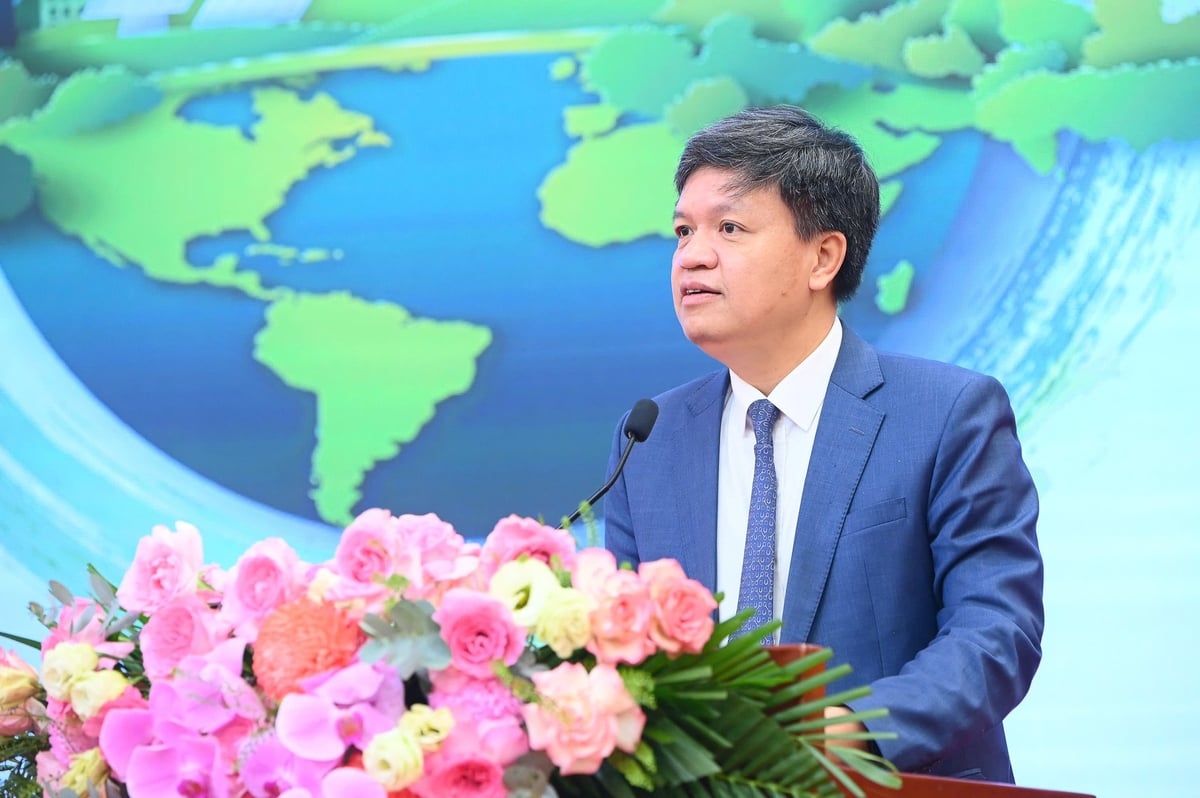
Mr. Ta Dinh Thi, Deputy Chairman of the National Assembly's Committee on Science , Technology and Environment, emphasized: "Developing a clean energy ecosystem is not only a technical solution but also a manifestation of a green development vision." Photo: Dinh Tung.
Statistics show that transportation, fossil fuel-based industries and construction sites are the main sources of PM2.5 and CO₂ emissions in urban areas. With a target of net zero emissions by 2050, Vietnam cannot delay its energy transition if it wants to both protect the environment and develop a sustainable economy .
Speaking at the forum “Green Energy - Clean City” held on the morning of November 7 in Hanoi, Mr. Ta Dinh Thi, Deputy Chairman of the National Assembly’s Committee for Science, Technology and Environment, emphasized: “Developing a clean energy ecosystem is not only a technical solution but also a manifestation of a green development vision - a commitment of Vietnam to the international community for a sustainable future”.
He said that, with the National Assembly's focal role in institutionalizing policies, the Committee on Science, Technology and Environment is implementing supervision and strengthening the legal framework to ensure the transition process is implemented comprehensively and synchronously.
According to Mr. Ta Dinh Thi, low-emission urban areas do not only lie in replacing means of transport with electric vehicles or biofuels, but also in forming a clean energy - green transport - emission management network. He cited that the transport sector uses fossil fuels, the electricity sector still depends heavily on coal and gas, so if only the "last stage" is changed without changing the "source", the environmental goal will be difficult to achieve. Therefore, building a clean energy ecosystem including renewable power sources, transitional fuels, charging infrastructure and green fuel stations... must be placed on par with emission control.
In large cities, energy consumption accounts for a very large proportion, and emissions are also high. "If we do not synchronize supply - technology - policy, we will only solve the tip of the iceberg but not cut the source bottleneck," Mr. Thi further emphasized. With the role of the National Assembly, the Committee will promote the review of documents and propose additional regulations for fuel, technology and transportation, to form a legal framework in line with the global energy transition trend.
In fact, Mr. Ta Dinh Thi said that the transition to clean energy requires not only capital and technology, but also synchronization between ministries, localities and enterprises. He said: “Policies must encourage enterprises to participate in the clean energy value chain, create motivation for technological innovation and develop high-quality human resources.” Accordingly, the Committee will work closely with the Ministry of Industry and Trade, the Ministry of Science and Technology, the Ministry of Agriculture and Environment to promote the development of wind power, solar power, biofuels and green hydrogen.
One of the solutions Mr. Thi mentioned is to deploy the “green energy station” model in large cities, simultaneously supplying LNG, biofuel, charging electricity and hydrogen for public transport and green logistics. He believes that this will be an important link to connect transport - energy - smart cities. Along with that, he noted that it is necessary to complete the transmission network and charging grid, encourage on-site power generation and on-site consumption to reduce pressure on the national grid.
Regarding the legal framework, Mr. Thi said the Committee is speeding up the revision and supplementation of decrees and laws related to renewable energy sources and new fuels. “We must not only revise standards but also create a favorable, transparent and controlled development environment,” he said. At the same time, he suggested strengthening investment supervision, attracting private sector and building a green financial mechanism to support businesses participating in the transition.
Regarding prospects, Mr. Thi believes that if this process is carried out synchronously and systematically, Vietnam will gradually shape the clean energy - green transport - low-emission urban ecosystem, contributing to realizing the goal of net zero emissions. He called for: "Let's turn today's decision into concrete action, for the living space of the people and for the future of the country."
Source: https://nongnghiepmoitruong.vn/hien-thuc-hoa-muc-tieu-net-zero-voi-he-sinh-thai-nang-luong-sach-d783017.html








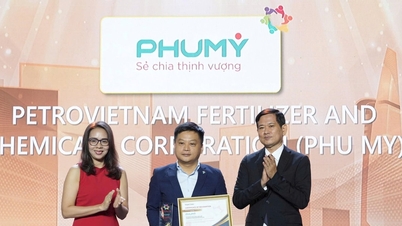

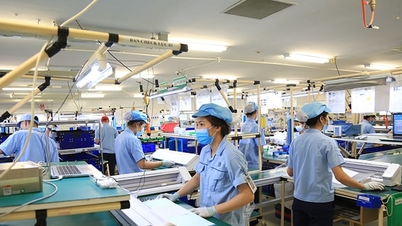

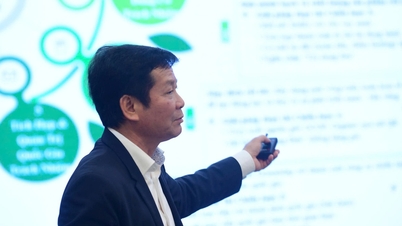



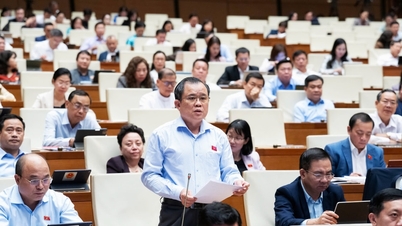
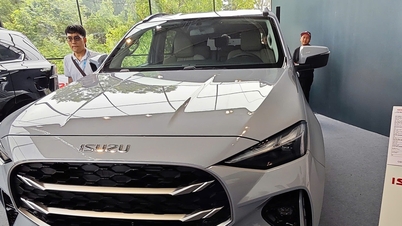



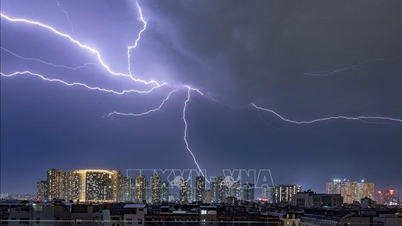




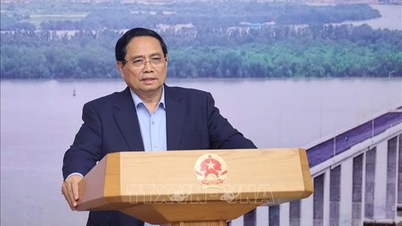








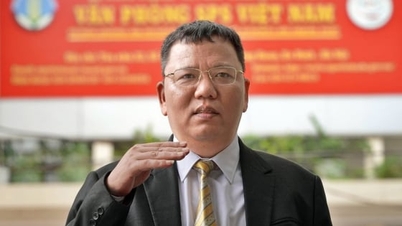


![[Photo] "Ship graveyard" on Xuan Dai Bay](https://vphoto.vietnam.vn/thumb/1200x675/vietnam/resource/IMAGE/2025/11/08/1762577162805_ndo_br_tb5-jpg.webp)

![[Video] Hue Monuments reopen to welcome visitors](https://vphoto.vietnam.vn/thumb/402x226/vietnam/resource/IMAGE/2025/11/05/1762301089171_dung01-05-43-09still013-jpg.webp)



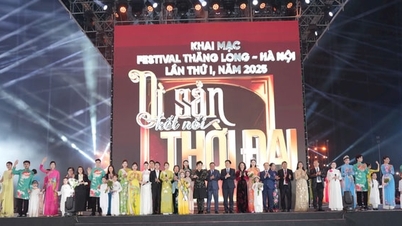



























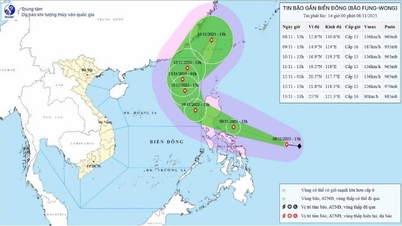







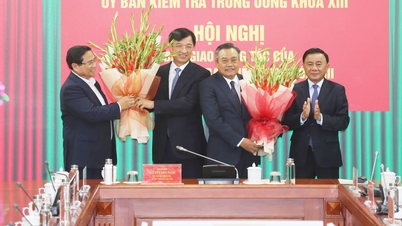

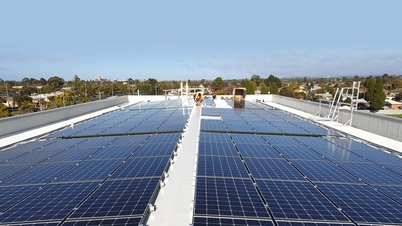




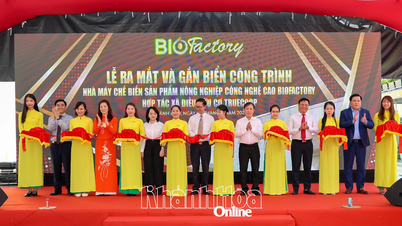


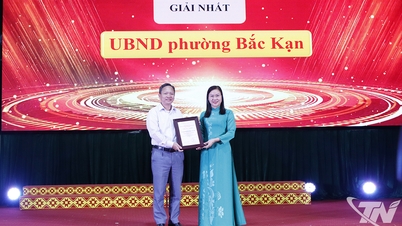

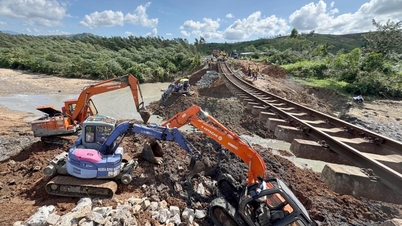

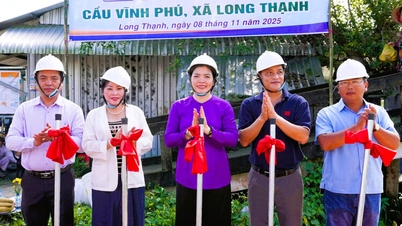
















Comment (0)